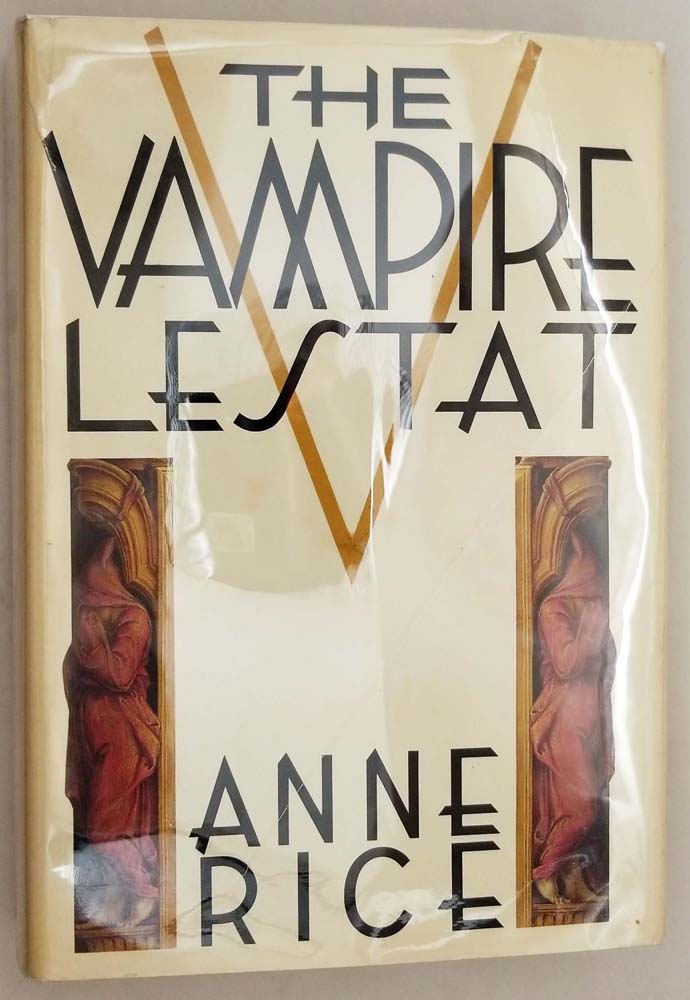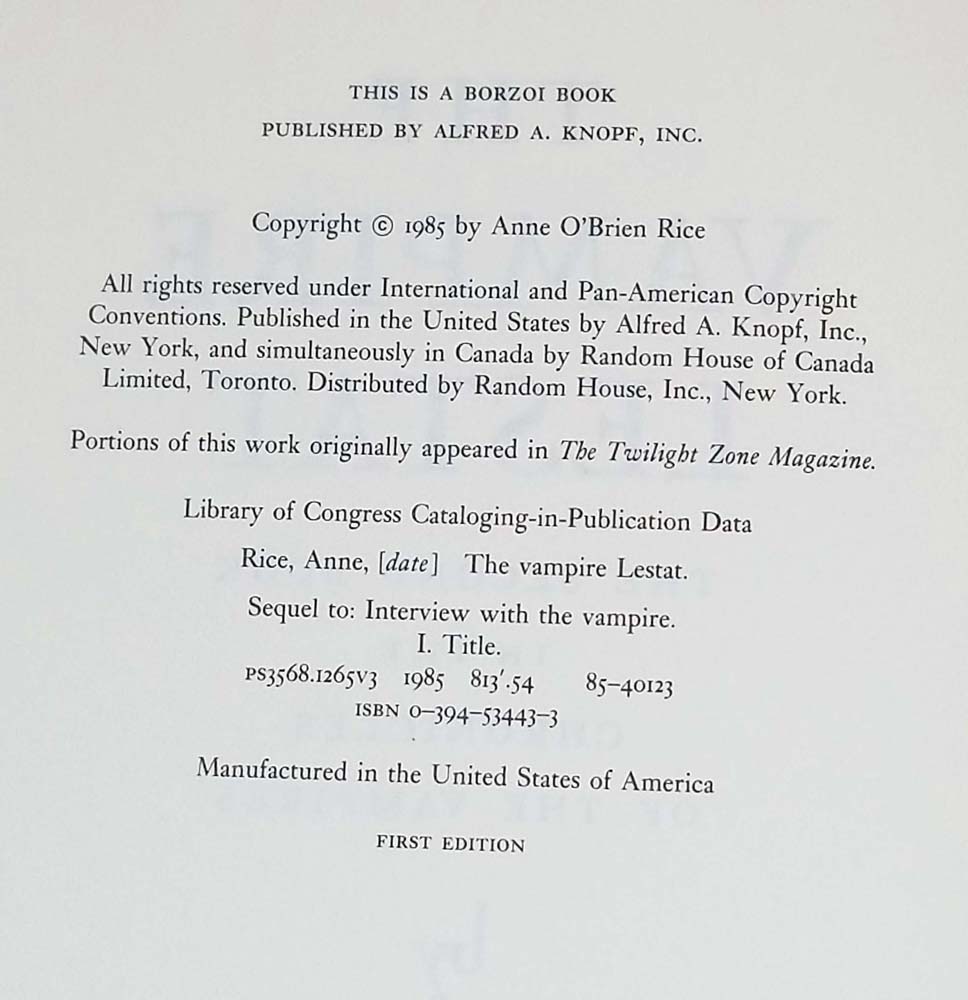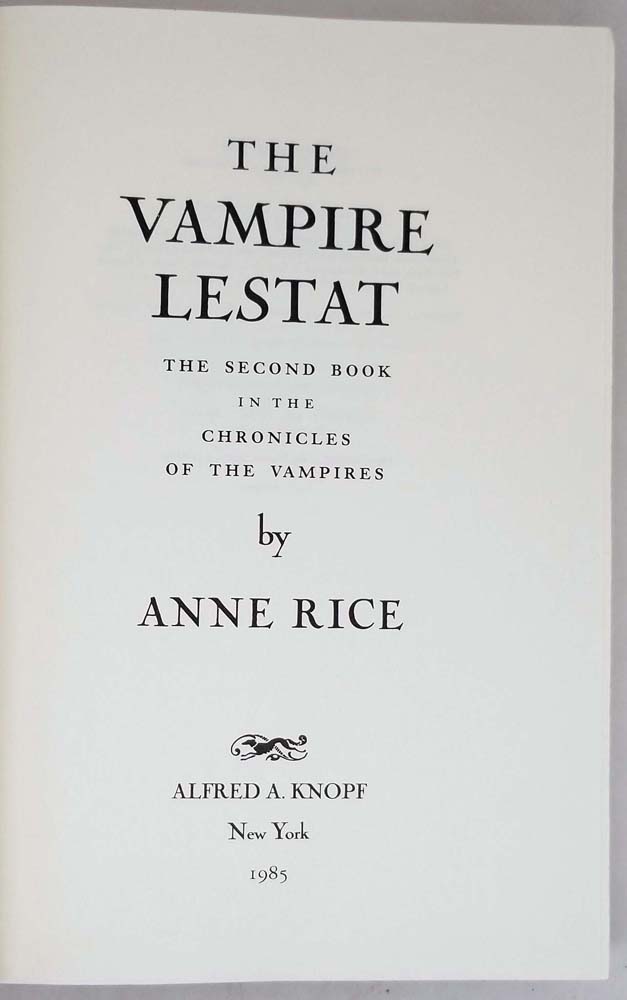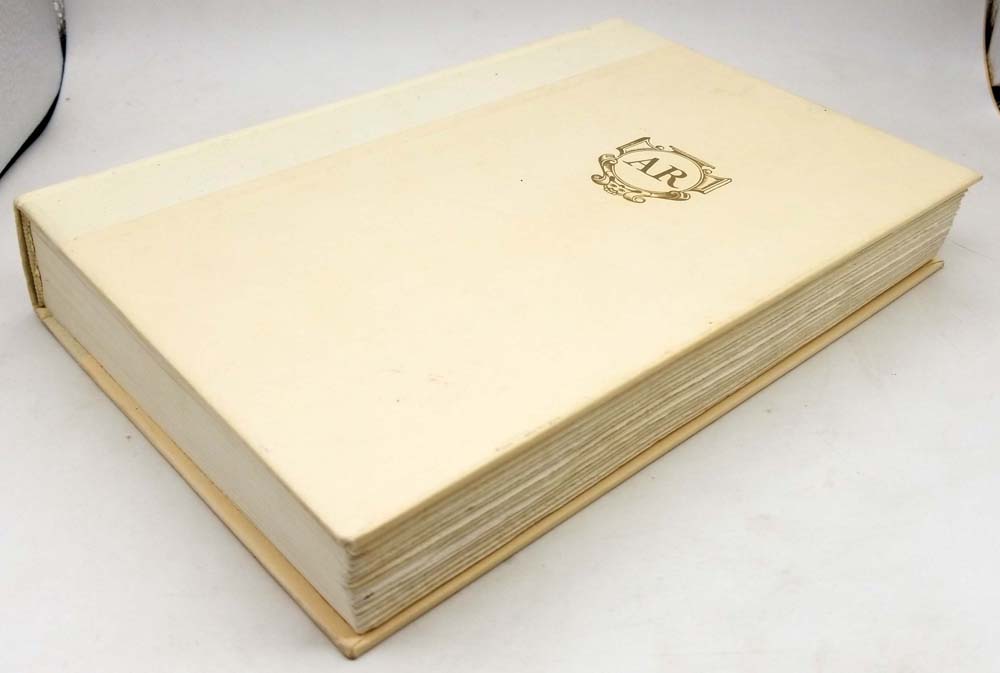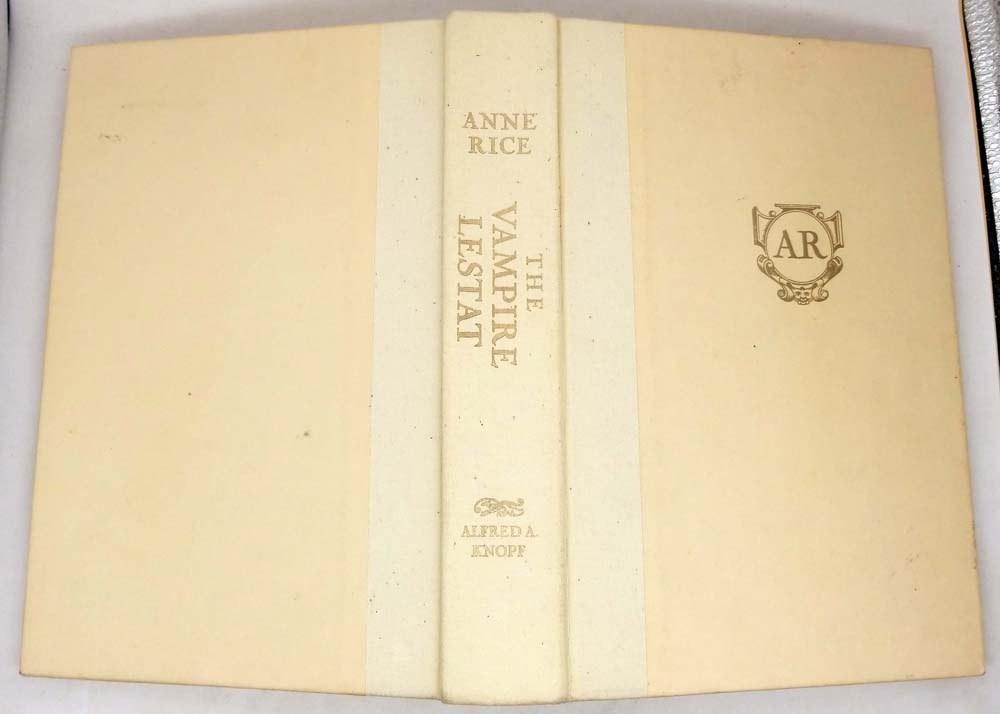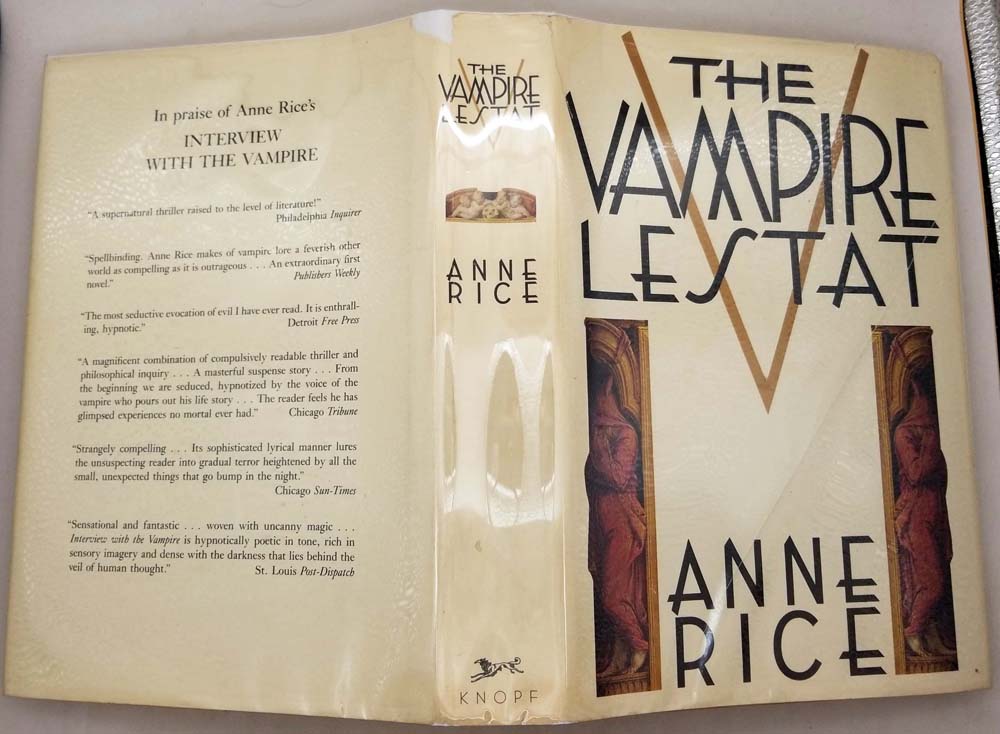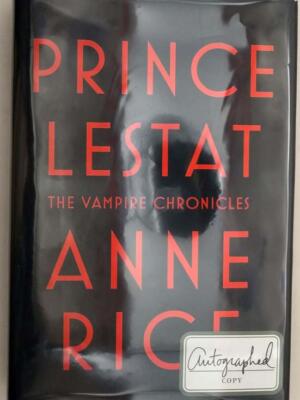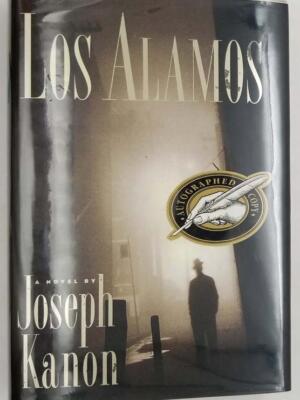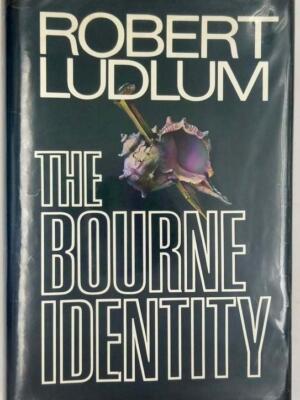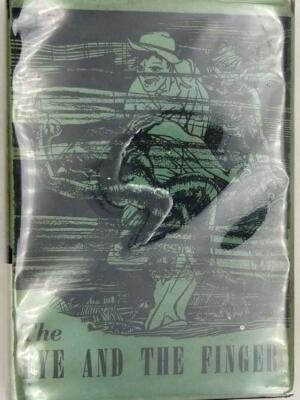The Vampire Lestat (1985) by Anne Rice is the electrifying second novel in The Vampire Chronicles, a bold reimagining of gothic horror that transformed vampire fiction forever. Where Interview with the Vampire (1976) introduced the brooding Louis, this sequel shifts focus to Lestat de Lioncourt—the charismatic, rebellious, and flamboyant vampire who seizes the narrative with wicked charm.
Defying the shadows of his kind, Lestat emerges as a rock star in 1980s San Francisco, courting fame by revealing vampire secrets through music. His autobiography unravels centuries of undead history—from his mortal youth in aristocratic France to his brutal transformation by the ancient Magnus, and his tumultuous encounters with vampires Armand, Marius, and the primal Those Who Must Be Kept.
Rice’s lush prose immerses readers in a sumptuous world of immortal decadence, existential hunger, and theatrical grandeur. Lestat, once a villain, becomes a complex antihero—vain yet vulnerable, ruthless yet yearning for meaning. The novel expands Rice’s vampiric mythology, introducing the Theatre des Vampires, the hidden coven of Queen Akasha, and the existential dilemmas of eternal life.
A cornerstone of gothic literature, The Vampire Lestat redefined the vampire as a tragic, glamorous figure, blending horror, philosophy, and eroticism. Its legacy endures in pop culture, from rock operas to film adaptations (Queen of the Damned), cementing Lestat as one of fiction’s most iconic immortals.
“The vampire Lestat was back, and he was a brat prince.” —Anne Rice
